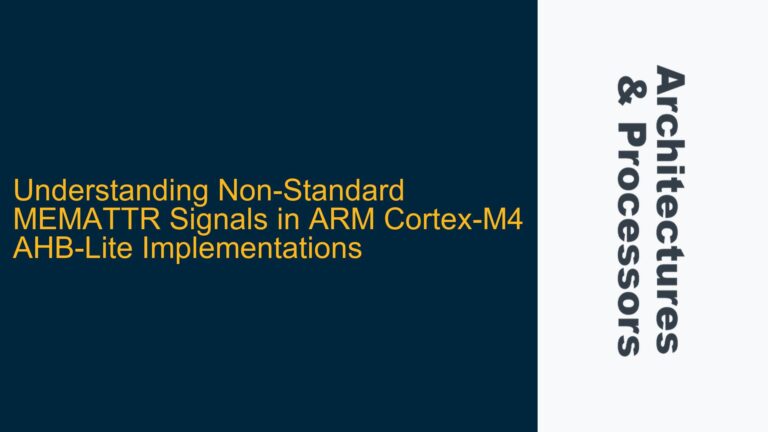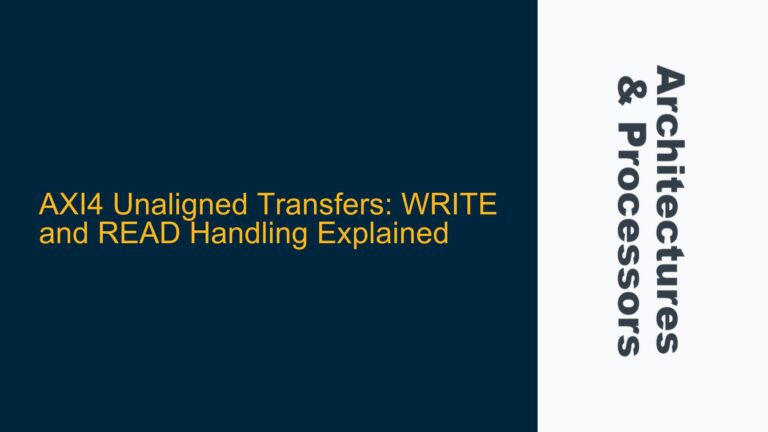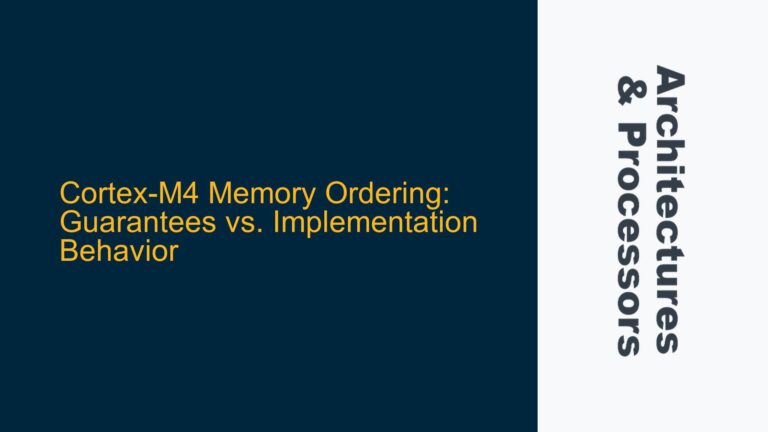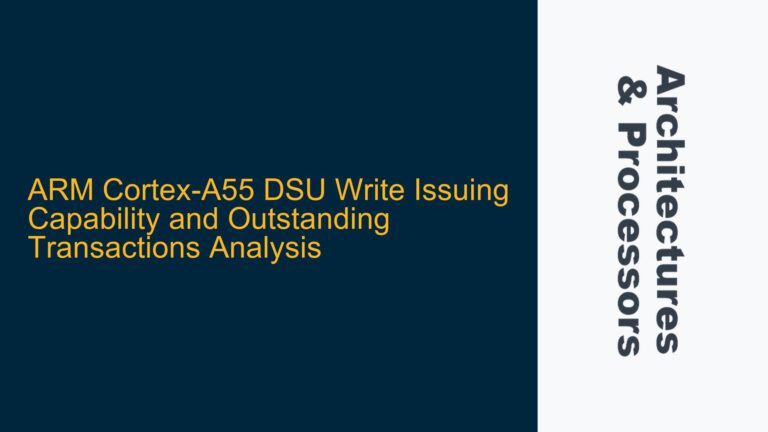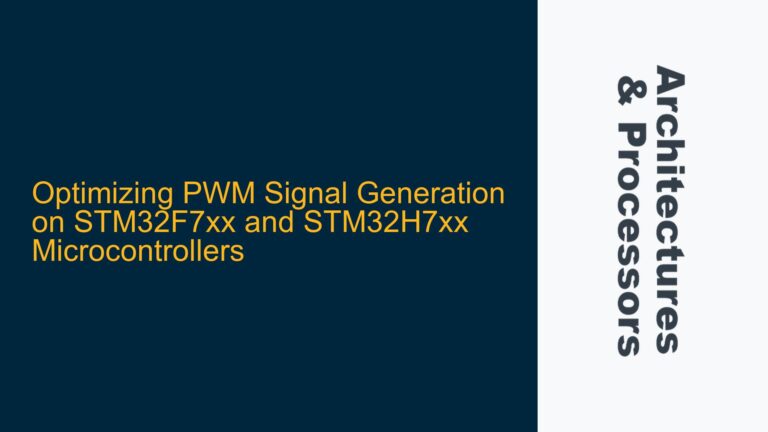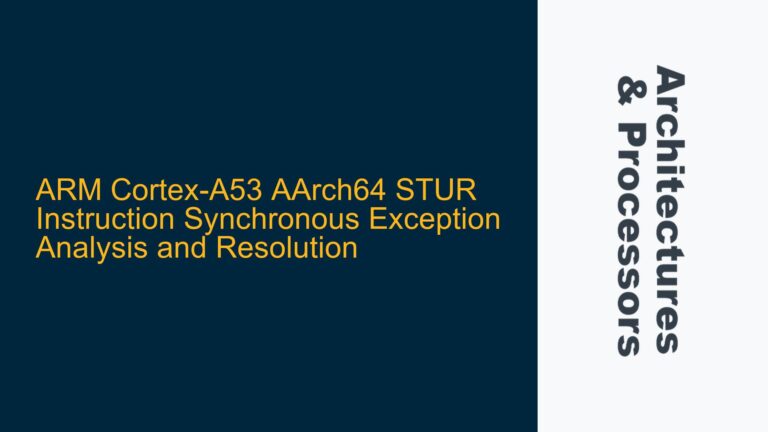Non-Standard MEMATTR Signals in ARM Cortex-M4 AHB-Lite Implementations
MEMATTR Signals in Cortex-M4: AHB-Lite Protocol Discrepancy The ARM Cortex-M4 processor utilizes the AMBA AHB-Lite 3 bus architecture, which is a simplified version of the Advanced High-performance Bus (AHB) protocol. AHB-Lite is designed to reduce complexity by removing features such as bus arbitration, burst support, and split transactions, making it suitable for single-master systems like…
